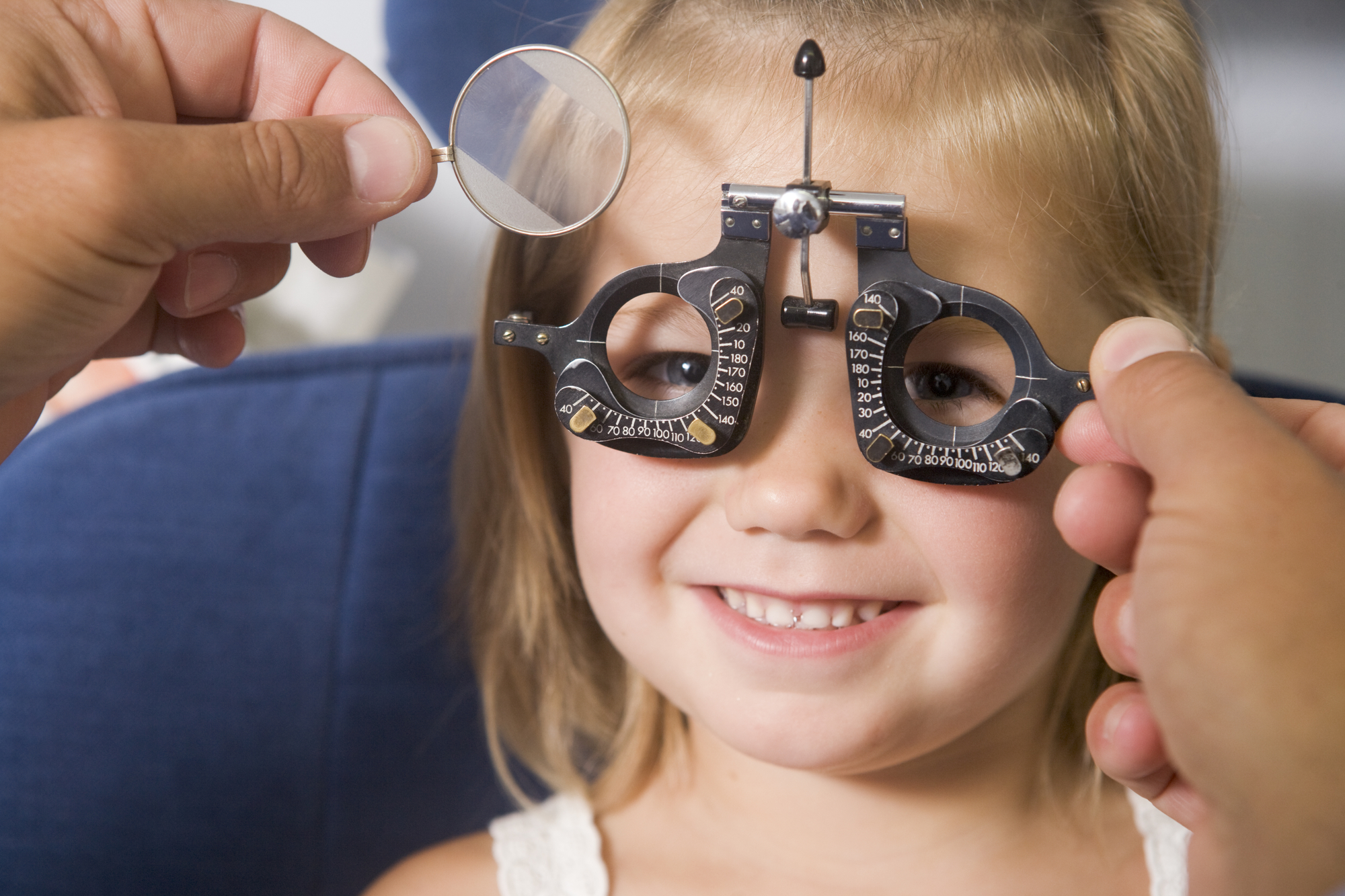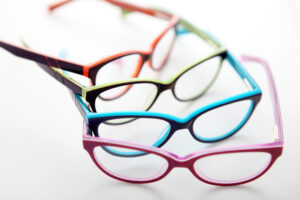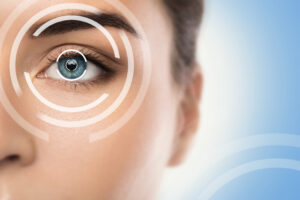The big E eye chart is a staple of every school nurse’s office.
The Snellen chart is an excellent diagnostic tool for catching nearsightedness, but it doesn’t tell the whole story. That’s why an eye exam with an optometrist provides valuable insight into what might be wrong and should happen before your child starts school!
The Snellen chart is an excellent diagnostic tool for catching nearsightedness, but many other things could be wrong with your child’s eyesight. That’s why an optometrist visit and comprehensive exam before starting school must ensure they’re appropriately seen!
How Vision and Learning Are Linked
The ability to see well is a privilege many people take for granted. It’s crucial in education, socializing and sports – where students spend two-thirds of the time on these activities requires good vision! But all children have this need from day one: sightedness often becomes noticed only when they come into contact with those who are visually impaired due to either accident or disease later down life’s path.
In schools around America today, there’s been an increase in VISION awareness campaigns and efforts geared towards improving classroom experiences so teachers can better accommodate their differently-abled peers.
A child’s poor vision may be the difference between doing well in school and struggling. They spend much of their time reading off whiteboards, reading textbooks, or writing down notes from lectures- all tasks that require good eyesight as an adult! It is a shame that few children miss out on the opportunity to learn because they cannot see clearly. If you’re among the people who wear glasses because your eyes haven’t developed yet, then I’m sorry, but there will come the point when they don’t help anymore because we don’t grow new cells to replace dead ones anymore.”
In addition, being visibly absent from class due to poor eyesight can have negative impacts beyond education and sports performance; it also affects individuals’ social lives!
The Vision Problems We Don’t Hear About
If a child has any vision problem other than nearsightedness, they may not be diagnosed. This could mean farsightedness or color blindness, and astigmatism can make school work much more difficult for them! Poor hand-eye coordination in binocular vision, such as focusing and tracking, also makes simple tasks challenging to accomplish on time with accuracy–so these problems must get solved before too long if we desire our kids to perform at their best of potential. It doesn’t take an eye doctor (or even one who practices optometry) to figure out what causes poor eyesight: anything from mild Myopia up to severe hyperopia will reduce how you see things unless appropriately treated.
If a child has any vision problem, it will be hard for them in school. These could include farsightedness, color blindness, and astigmatism, which make simple tasks more difficult because they need to use different glasses depending on the job.
An Undiagnosed Vision Problem Over Time
Some might think that we grow out of our problems with learning and vision, but this isn’t the case for kids. A child experiencing difficulty at school will assume they’re not smart enough to learn in such a problematic setting; additionally, if their eyesight doesn’t allow them to succeed fully, then all other aspects become much more challenging as well – whether it’s playing sports or forming memories from lectures. Adults often reinforce these mistakes by misdiagnosing existing problems similar symptoms found during childhood development because adults know how things work on both ends: adult brains know what should happen when something goes right while still being able to understand why certain behaviors occur.
It’s not uncommon for children to be diagnosed with learning disorders when they have vision problems. They often confuse symptoms such as difficulty concentrating or remembering things, which only occurs in one of these areas instead of both at once, like how your typical person would experience them.
Many adults also believe this misconception because it shares so many traits with visually struggling people who are misdiagnosed later on down the line. A child who undergoes difficulty with visual tasks at school won’t assume the problem is with their eyes; they’ll think they aren’t smart enough for school or learning isn’t fun. Adults often support this mistaken belief because vision problems share many symptoms of learning disorders that are misdiagnosed as them-including headaches, eyestrain, dizziness, etc.; an overabundance of homework being assigned can cause these; without adequate support from parents on how best to deal.”
Learn to Admit Common Symptoms of Eye Problems
If you notice any of the following symptoms, it might indicate an undiagnosed eye problem.
-Reading comprehension difficulty -Trouble completing school work (especially when it involves close-up work) -Short attention span (mainly focusing on tasks requiring fine motor skills or handwriting). A habit of covering one eye may also be a clue to something more severe like amblyopia; frequent headaches can be caused by various factors such as stress and allergies, but could also mean there’s another issue at hand; fidgeting often indicates some kind of discomfort in the head which leads people into physically moving around without realizing they’re doing so because their mind tells them differently depending what feels easiest at time
It’s not always easy to tell someone has an eye problem, especially if they’re not experiencing any symptoms.
Please be careful on the following: Frequent headaches, Short attention span (especially when it involves close-up work), Trouble completing school work, Reading comprehension difficulty, a habit of covering one eye, rubbing and blinking, and fidgeting, Even though these could all sign a learning disorder make sure first consult with their doctor before assuming anything about vision.
Start Your Child’s Education Right With an Eye Exam
Children’s vision problems can seriously affect their education, social life, and any activities they enjoy. The sooner you get them diagnosed with an eye condition, the less time it will take at school this year!
The first thing we should do as parents or educators is schedule an exam for our kids so that if anything turns out not to be correct (whether through glasses/visual therapy treatment), then there’ll always be plenty of notice before things start getting tough like trying new books over summer vacation without understanding what all those words mean.
School is starting again, and now is the perfect time to schedule a complete eye exam for your child. We’ll be able to discover or rule out any lesser-known eye problems that could stop them from being successful at school and making friends, as well as make treatment plans!



